Four years into his tenure as director of the Complesso della Pilotta in Parma, Simone Verde takes stock of the main activities of the past few months, which are leading toward the end of construction and into a new phase for the museum: that of relaunching it toward a future as a research- and in-depth-oriented institution. What has been done in the past year and what will happen in the coming months? What’s new? We talked about it with Simone Verde in this interview, edited by Federico Giannini.

FG. The year 2021 is coming to an end, and I would like to start by taking stock of what were the construction sites and works in progress at the beginning of the year: new entrance to the Palatina, Gabinetto Disegni e Stampe, Museo Archeologico, Scuderie Ducali, Ala Nord, Ala Ovest, Museo Bodoniano. What has been done and what still remains to be done?
SV. We are completing a project that began four and a half years ago with an overall renovation of the spaces that involves, and has as its final object, the reconception of the Palace in its entirety. This operation starts from a problematic antecedent: the museum was born all united, with collections conceived and accumulated according to an organic design, after which towards the end of the nineteenth century it was subdivided following the positivist taxonomic and classificatory principle. The unity, even physical unity of the Institute was altered, creating problems of understanding and conceptual and historical accessibility of the collections. Once the Franceschini reform returned the Pilotta to us as a single, administratively unified whole, we were able to work on stitching together the historical and collecting threads that had been broken at the time of separation. This work has taken over four years and we are almost in the home stretch, about twelve months away. We are very far along on projects and construction sites that are nearing completion, and some elements of which remain to be completed. Right now, the North Wing (now 80% achieved), of the West Wing (90% achieved), the Archaeological Museum is going to be the subject of a very large construction site that will open soon to be opened entirely new around spring-summer. We are about to open, for the first time, the Scuderie Ducali generously returned to us by the University of Parma and representing a space of about 1,500 square meters. One of the biggest exhibitions on Dante Alighieri this year will be hosted here, celebrated through the graphic work of Francesco Scaramuzza, one of the most important painters of Italian Romanticism. Then we have a crucial double construction site that will be completed by 2021, namely that of the Bodonian Museum and the separate entrance to the Palatine Library. Moreover, we have completed the restoration of one of the most important facades of the Palace, that of the Cavallerizza, designed by Ennemond Alexandre Petitot, court architect and one of the most important exponents in 18th-century neoclassicism. In short, there is a lot of work going on, but we are moving toward the conclusion of a very long journey of regeneration, restoration and redevelopment of one of the most important museums in Italy and Europe.
Last February, the news of the imminent opening of the Bodonian had caused great excitement. Where do we stand?
We are in the home stretch: by December we should have finished all the work in this institute, which will finally reopen to the public in a renovated and more accessible location, because it is located on the ground floor. It is a very important institute, the only one of its kind in Italy (and there is only one other in Europe, the Plantin-Moretusmuseum in Antwerp), so we are very pleased with this achievement.
Still speaking of news, we have a Palatina that is increasingly linked to the museum: if today a visitor were to go, let’s say, to the Pilotta’s Facebook page and wanted to scroll through the contents of the last few days, he or she would find that a good part, not to say the majority, are about the Palatina itself. You are therefore devoting a great deal of attention to the library.
If we look at the history of museums, this distinctive institution of Western modernity basically began as a library. The first museum, the Paolo Giovio museum in Borgovico, was a library. Therefore, and I say this as a former head of the documentation center at the Louvre Abu Dhabi, the library is the heart of the museum, because it is the place where research is done. Even historically, in the Renaissance, object collecting came second, that is, to support with material evidence the reconstructive hypotheses of the ancient contained in literature and treatises, a logic that has remained even at the historical root of an institution like the British Museum. Reason why, even in the Pilotta, the Palatina must be the beating and intellectual heart of the Complex and had to be the subject of a profound rethinking, registering the new status of the Palace and the dynamics at work in society. Traditionally, this Library was used somewhat as a kind of national library of the Duchy, and consequently was engaged in a generalist mission with acquisitions of all kinds. We, on the other hand, thought of specializing it by convening a committee of experts, especially at a time when there are other institutions in the city with a lot of resources for bibliographic acquisitions (I’m thinking of those at the university) with the risk of all of us stepping on each other’s toes a bit. Therefore, we collegially established new and more specific goals that would distinguish us both in the city and national panorama, and we moved on to make targeted acquisitions in fields left uncovered and having to do with our immediate goals (art history, archaeology, heritage literature, museology, and then everything to do with the collections themselves, from Jewish manuscripts to Enlightenment culture and so on).
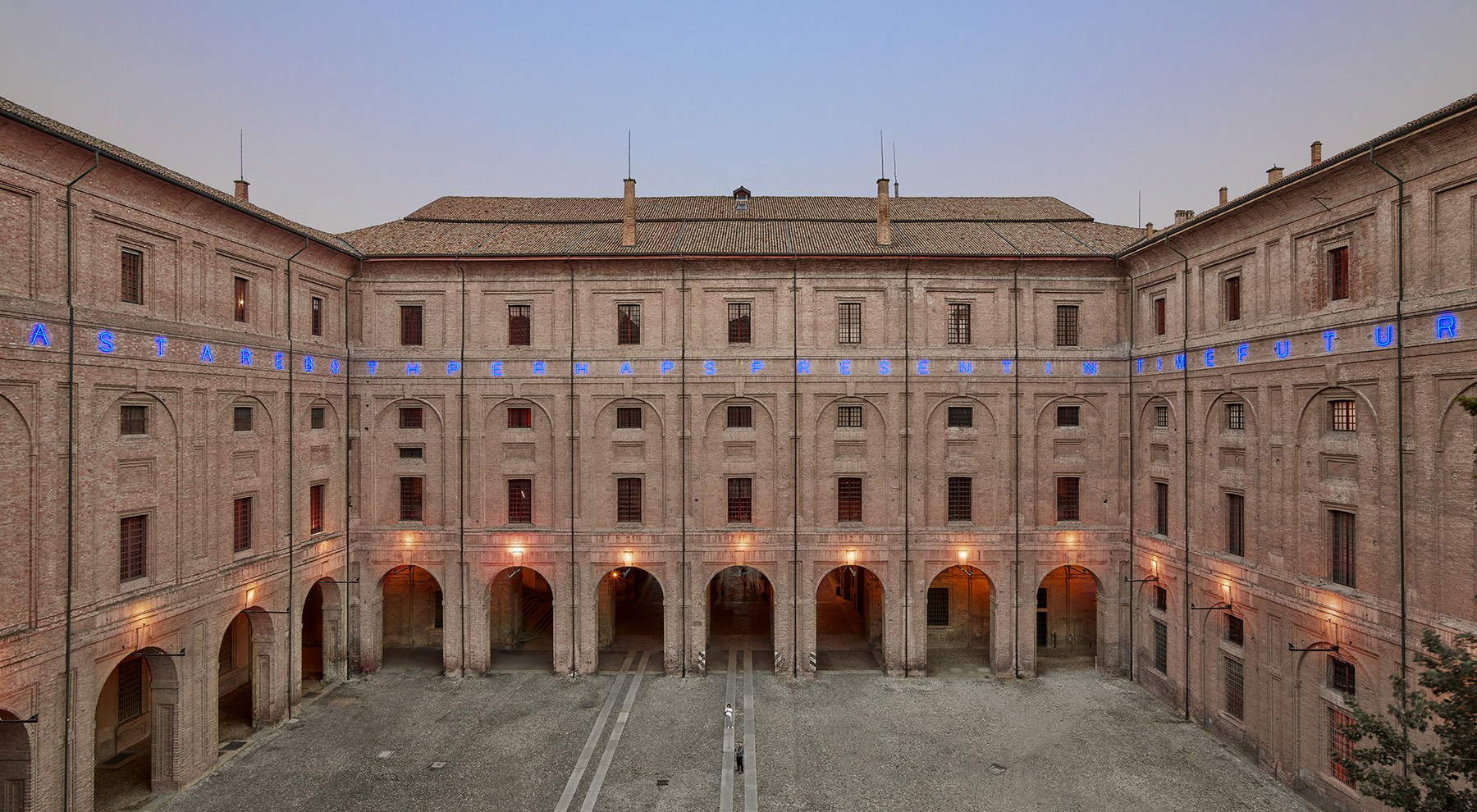
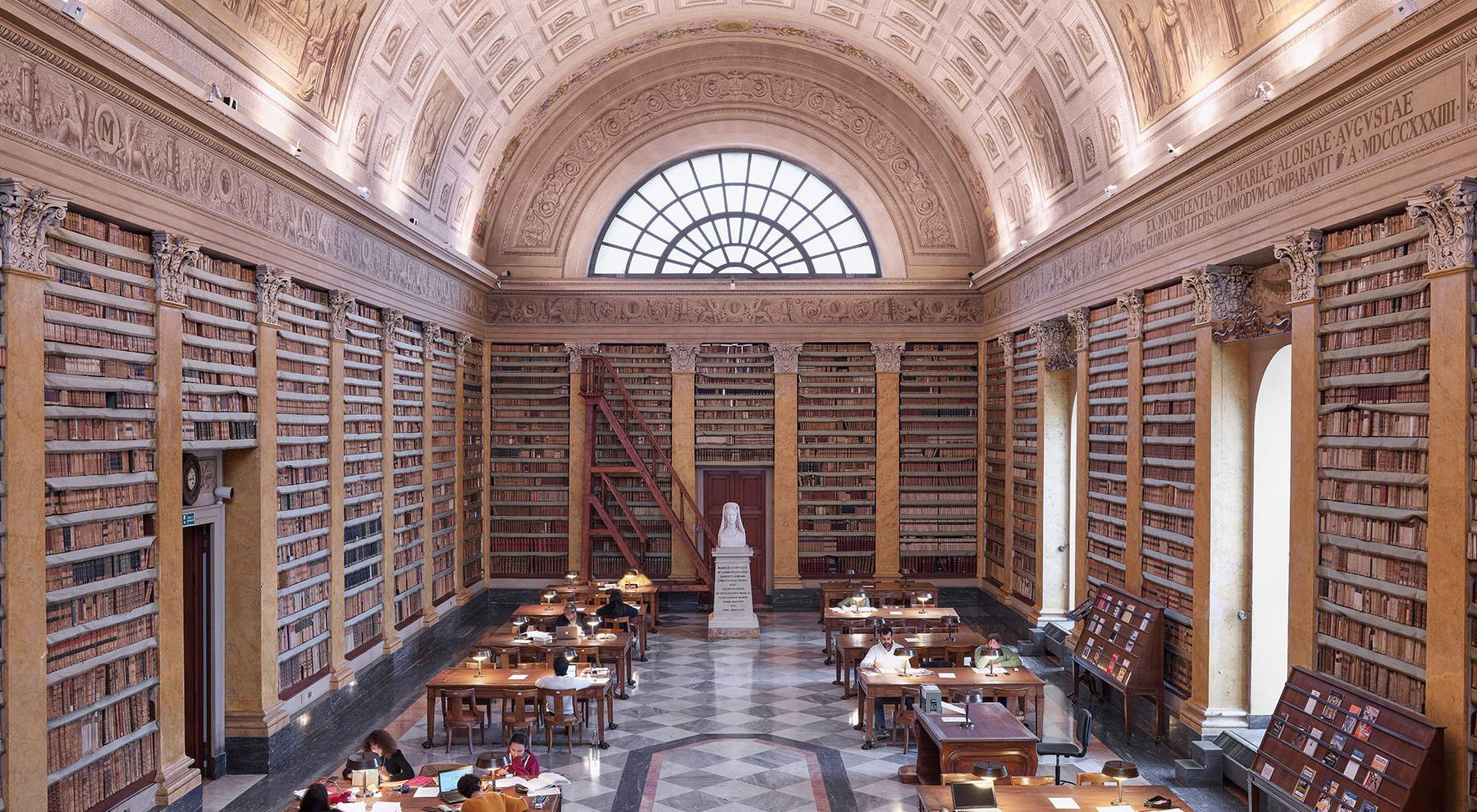
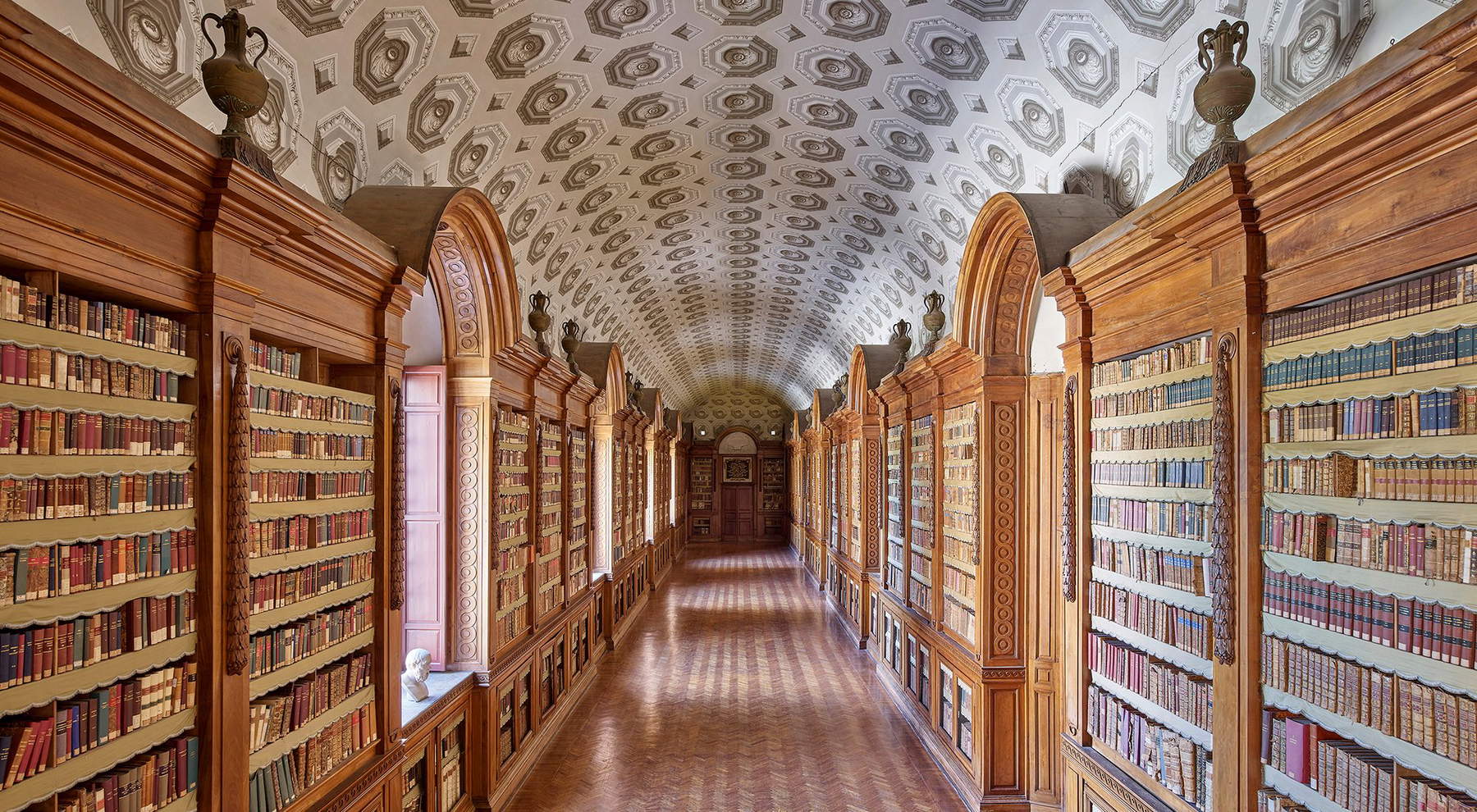
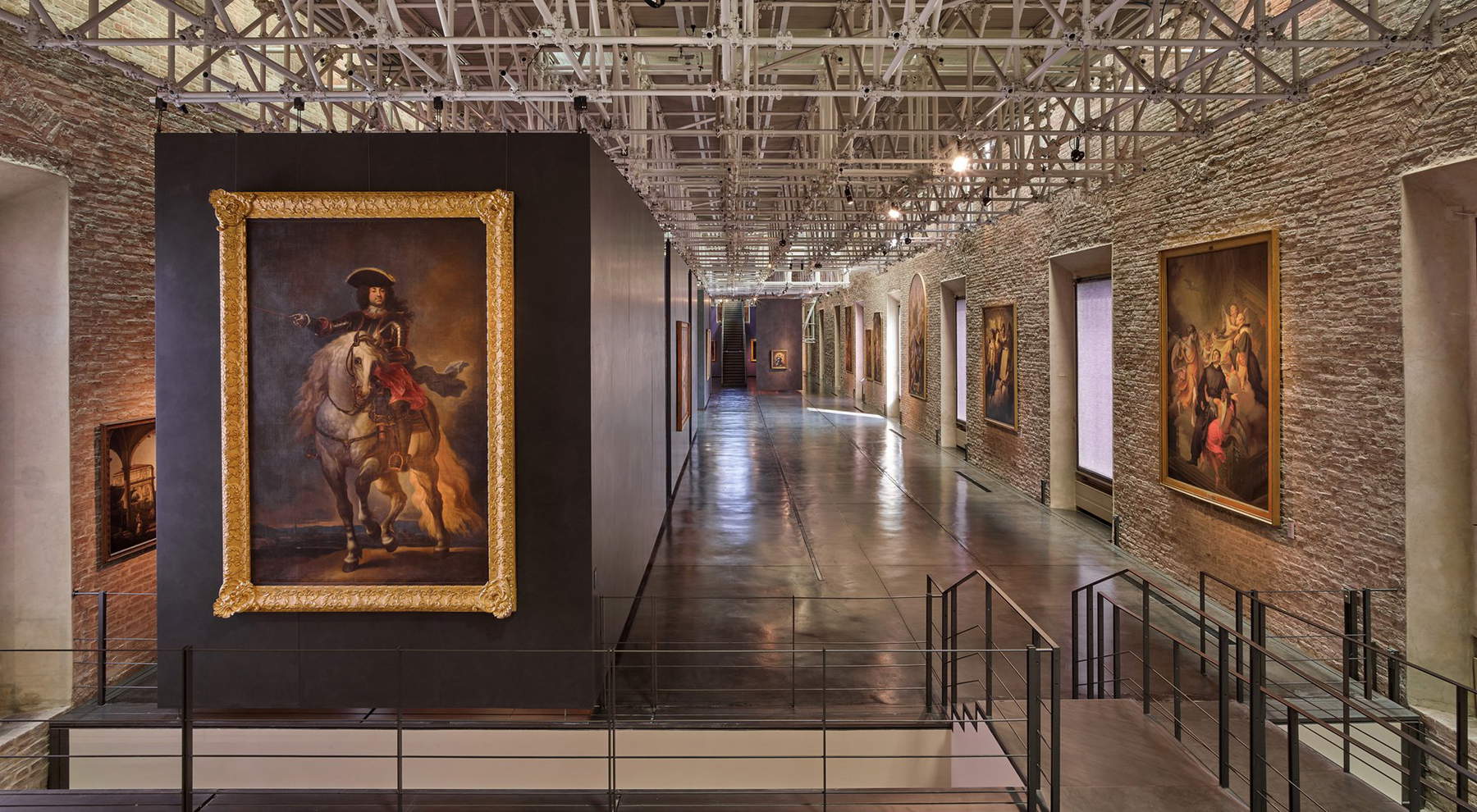
A few days ago you also presented the restoration of an important codex of the Divine Comedy, the one from the workshop of the celebrated Master of the Dominican Effigies, one of the oldest in the world, which moreover will also be at the center of an exhibition on Dante scheduled to be held at the Pilotta: if you can tell us therefore about the restoration and give us anticipations about the exhibition.
This restoration was supported by the Lions Club, and we are very proud and grateful. We are, of course, very proud to own this manuscript, one of the oldest illustrated illuminated manuscripts of the Divine Comedy, which is envied all over the world. As for the exhibition, the manuscript will be the protagonist of the exhibition dedicated to Dante’s illustration from its origins to Scaramuzza, whose graphic work will be exhibited in its entirety for the first time: a monumental corpus of 243 drawings will be handed over to the public in a two-stage rotation, also for conservation reasons, for a true exhibition-event.
Speaking of restorations, it is again news just a few days ago that the restoration of a gold background, an important panel by Giuliano di Simone Ricci for which you found resources by organizing a parade at the Teatro Farnese, is being planned. Fundraising activities through events such as the parade the other day are now an increasingly established reality: what plans do you have in this regard?
It was a very nice and fun experience. In this case it was an idea of the Friends of the Pilotta, an irreplaceable association for us that we are very proud of and that has the largest youth group in Italy. The event went very well, it allowed us to raise resources to restore an important work in keeping with the current policy of saving all the so-called “primitives” in the collection (a collection that is among the most important in Europe, not only for its quality but also for the fact that it was one of the first of its kind in the middle of the 18th century, linked to the anti-Enlightenment ideas and circles to which Duke Ferdinand of Bourbon belonged: in short, it represents a very significant and unique collecting history).
Still on the subject of agenda items, one topic that has been talked about a lot lately is that of inclusion, and you guys in June started a cultural mediation project involving fifteen Italian kids of foreign origin: I was wondering how that went and, since in June it seemed like the idea was to revive the project, whether it has restarted, whether there are plans to expand it or new stages.
We would like to expand it in the spring, on the occasion of the Farnesian exhibition that will open in 2022, because it is a project that is fundamental to the fulfillment of our public missions in a multicultural society. I wouldn’t talk about an inclusion project, though, because I like to think, given the very high number of foreign or foreign-born entrepreneurs working in Italy, of those with different origins from the majority as Italians like the rest. Rather, let’s say it is a project of unraveling the cosmopolitan origins of Italian culture through the contribution of those who have sensibilities branching out into the world. When cultures other than those of the so-called “tradition” are marginalized, we are faced with tragedies such as that suffered by France in recent decades. Rather than inclusion, an act that stigmatizes and excludes, we want to use the culture and the gaze of those with families of foreign origin to help us rediscover how much of who we are is the product of ideas and models that have come from afar. I am thinking of the girl of Moroccan descent, a student at ITC Bodoni in Parma, who in Correggio’s Coronation of the Virgin saw the “light,” or one of the theological principles of Islam at the origin of the Renaissance invention of perspective thanks to treatises from the Middle East. It is an exercise that serves everyone, but it serves especially as a community, devoid of any paternalism and indeed going in the opposite direction, in the sense of a participatory museum and a museum-community.
Speaking of participation: if a visitor were to consult the information on openings and hours on the Pilotta’s website right now, he or she would be confronted with a notice listing the rooms that are open, and then it is said that “there may be the possibility that the opening of some exhibition sections cannot be guaranteed due to a situation of serious staff shortage.”This severe staff shortage obviously is a problem that affects so many other museums: in your case, what effect does it have and what actions have you taken to mitigate it?
It decreases our effectiveness, it forces us to limit activities (there are so many proposals we say no to because we don’t have the staff), and it’s clearly not a good thing. It also forces us to outsource a lot, having to spend on using outside staff who are now indispensable to be able to carry out our functions, almost all of them.
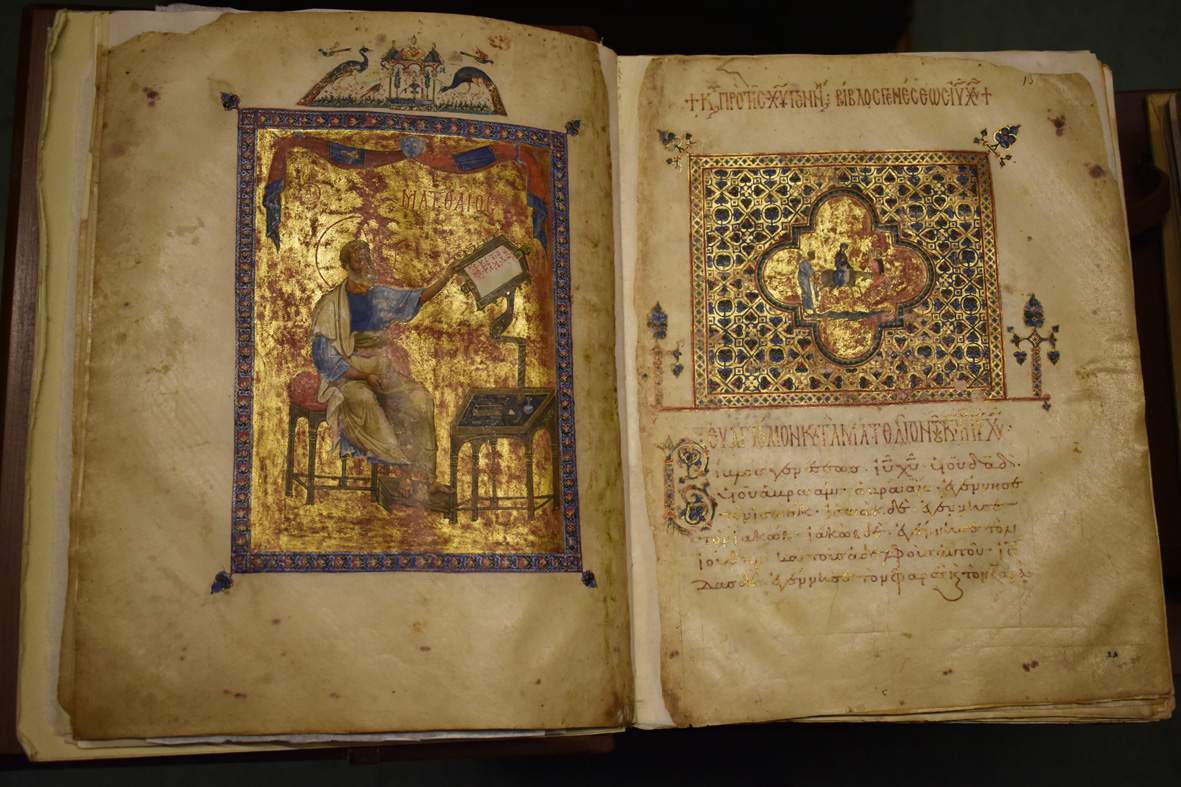
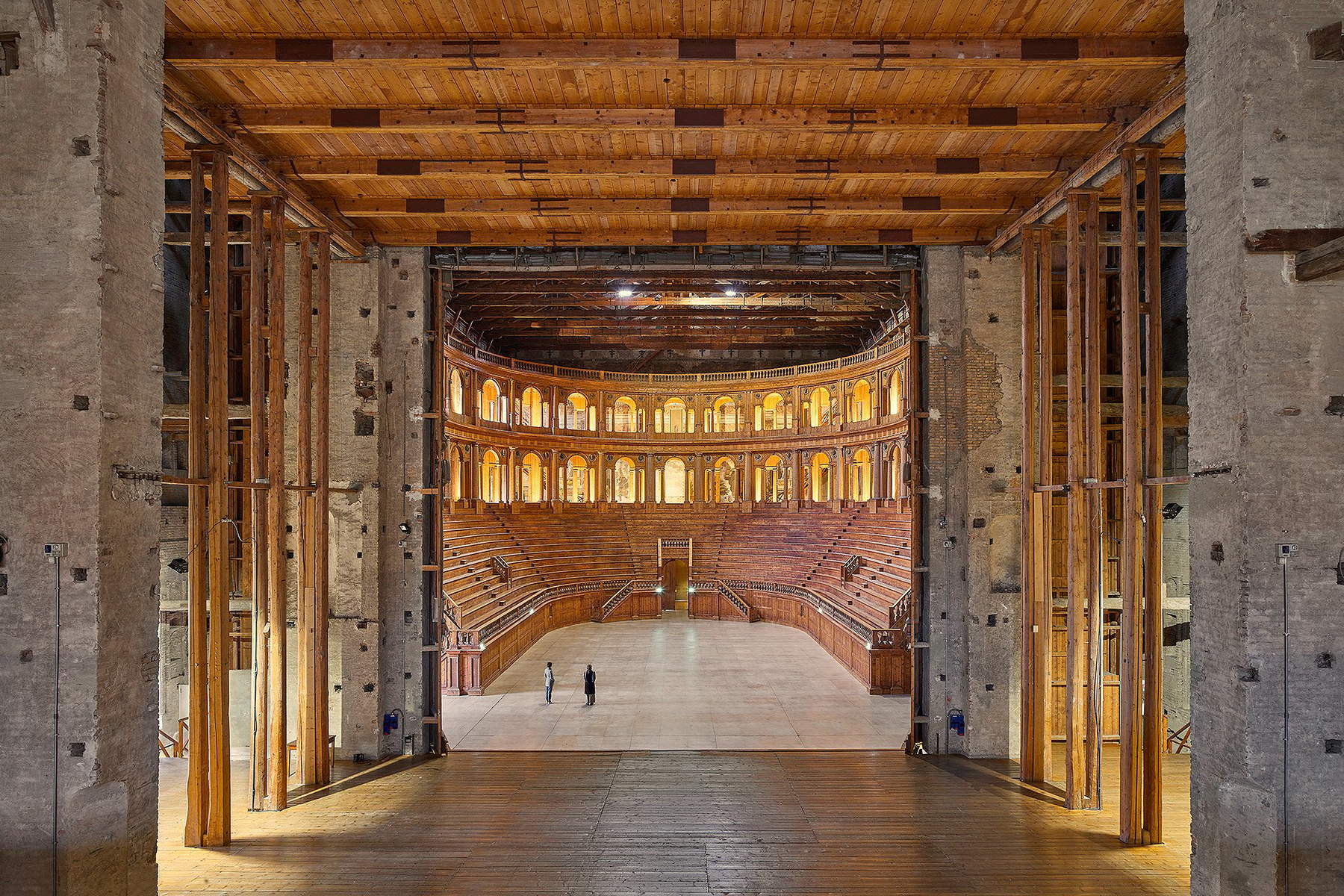
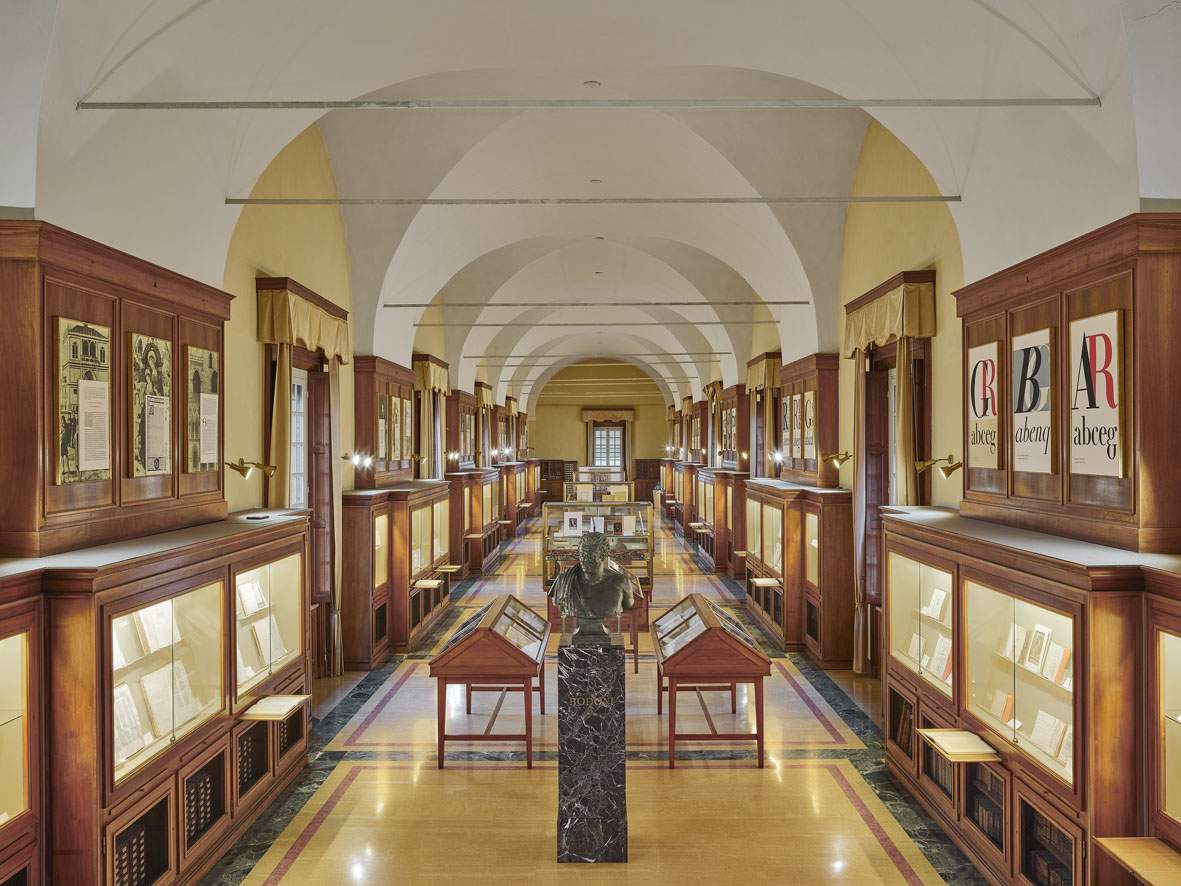

A question about exhibitions, since we touched on the subject earlier, and also in light of the opening of the Scuderie Ducali. In your book Le belle arti e i selvaggi (The Fine Arts and the Savages), tracing the debate of recent decades on the relationship between tourism and museums and on museum management itself, you at one point quote a phrase by Andrea Emiliani, who said that “one can easily die of exhibitions” and that exhibitions “can become very dangerous.” I wanted to know in more detail how you feel about this and how you have shaped the Pilotta’s exhibition activities in this regard.
The question is very simple: exhibitions make sense to the extent that they correspond to initiatives of protection, conservation, research on heritage and promotion of that collective awareness about its value that is a form of preventive conservation. Exhibitions are essential if they promote knowledge and the dissemination of scientific research, then restorations, since good exhibitions are often linked to restoration campaigns or allow restorations, because works are loaned in exchange for maintenance work. There is, however, the problem of commercial exhibitions, those that do not bring any novelty and are of a very low level, and made on principles of economic speculation and not qualitative principles. I don’t want to do any moralizing, because it’s not a matter of being moralistic against revenue generation, the eligibility of which is related, if anything, to the way in which the proceeds obtained are invested, that’s not the point: it’s that if in order to make money you put works at risk, that’s not good. To be against exhibitions regardless, then, would not make sense. Not least because exhibitions are now a collective rite of civic growth in bourgeois society and in that capacity are part of our cultural identity. The point is to make sure that they are done with balance and according to criteria that first and foremost meet the dictate of scientific and conservation principles.
To close: three priorities for the Pilotta for 2022.
The first is the Farnese exhibition that will open in the spring and will be very important. The second is to complete the construction sites: I take this opportunity to thank all the staff of the Pilotta who have supported me in these years with their exemplary work, also in view of the very principle of the participatory museum. Finally, once this journey is over (which has been very tiring if only because of Covid, though wonderful and stimulating), to devote ourselves, having finished the physical and spiritual reconstruction of a Palace taken to a state of ruin, to the ordinary life of an Institute, which put back on its feet and redeveloped, secured its collections and rethought its msuegraphy, can live on scientific research and employ its energies in ordinary missions since the extraordinary time of reconstruction is over.
Warning: the translation into English of the original Italian article was created using automatic tools. We undertake to review all articles, but we do not guarantee the total absence of inaccuracies in the translation due to the program. You can find the original by clicking on the ITA button. If you find any mistake,please contact us.